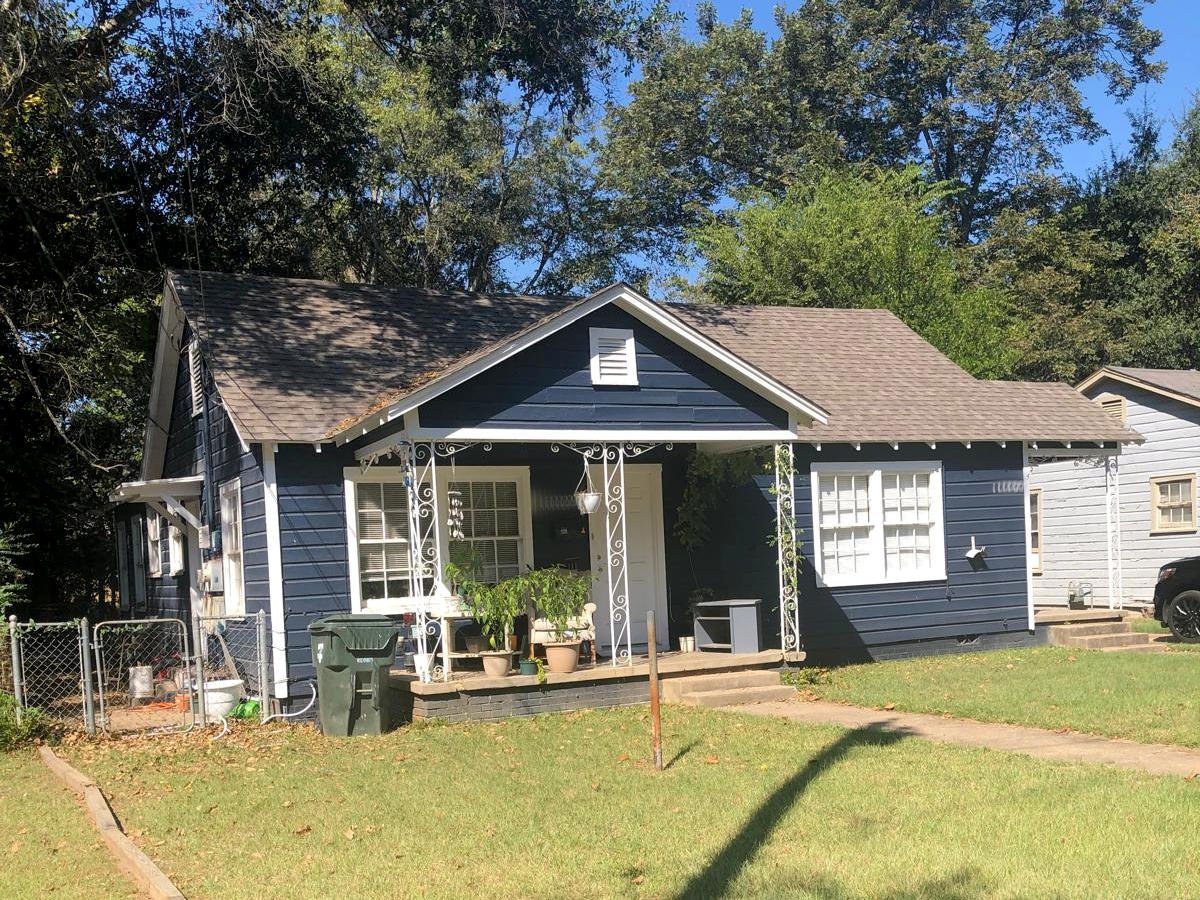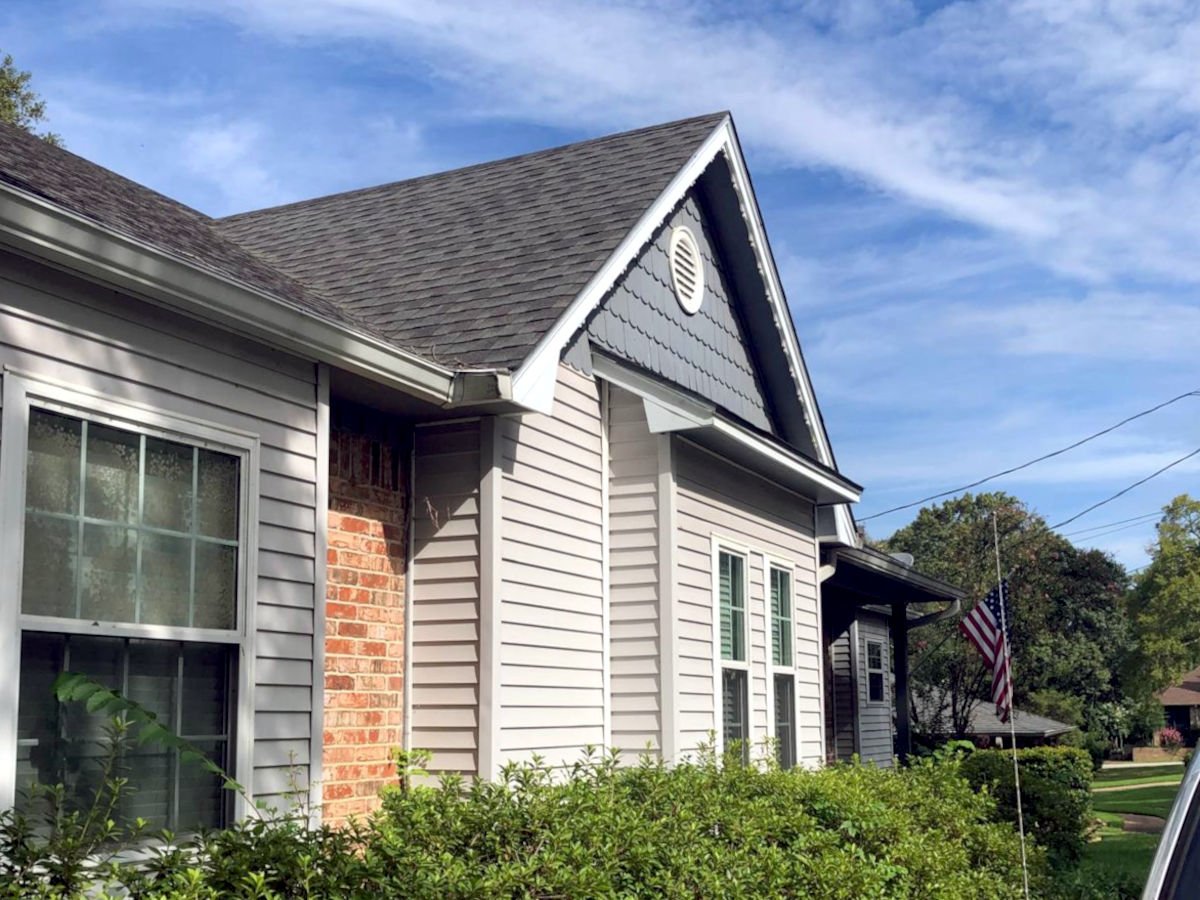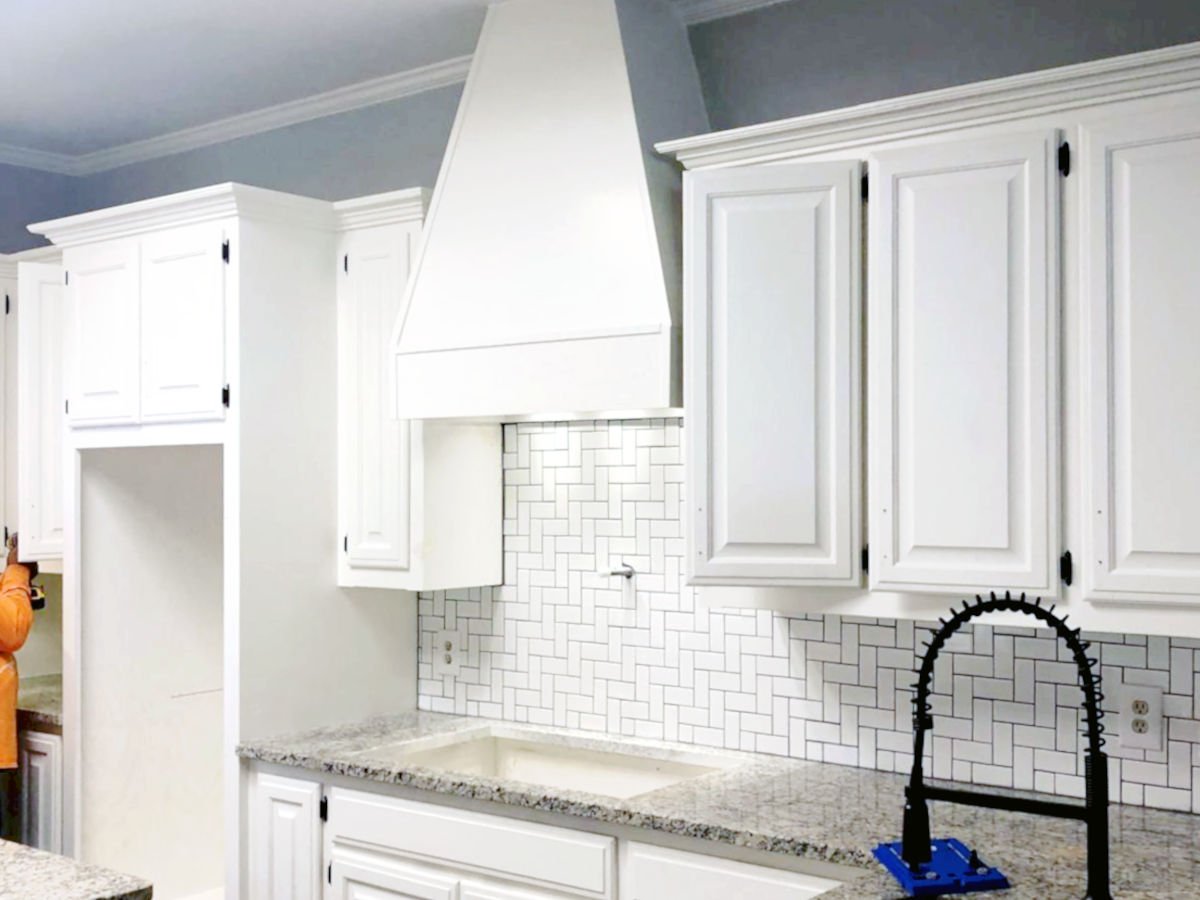Is your home’s exterior silently aging beneath the Texas sun? Could fading paint be costing you curb appeal—and even property value—without you realizing it?
In the world of home maintenance and remodeling, paint isn’t just about aesthetics—it’s your first line of defense against the brutal heat, humidity, storms, and dust that define Texas weather. Whether your home is clad in traditional brick or modern siding, knowing how long your exterior paint will last—and how to extend its lifespan—is critical for protecting your investment.
Let’s break it all down: brick vs. siding, Texas-specific weather impact, signs of wear, maintenance tips, and when it’s finally time to repaint.
🌞 Texas Climate: The Real Paint Killer
Before we dive into materials, it’s crucial to understand the unique challenge of painting in Texas:
- Extreme UV exposure: Sunlight fades pigment faster than almost anywhere in the U.S.
- High humidity in East Texas: Encourages mold, mildew, and bubbling paint.
- Frequent storms and hail: Chips, cracks, and water infiltration accelerate wear.
- Dust and heat in Central and West Texas: Causes paint to dry too quickly or crack prematurely.
🧱 Brick vs. Siding: How They Hold Up
🔸 PAINTED BRICK
Lifespan in Texas: 8 to 15 years
Pros:
- Paint adheres well to porous surfaces like brick
- Adds a sleek, modern look to older homes
- Helps seal minor cracks and imperfections
Cons:
- Once painted, brick must be maintained indefinitely
- Moisture trapped in bricks can cause efflorescence (white powder)
- Repainting requires special masonry paint and breathable coatings
Best Practices:
- Use elastomeric or mineral-based paints
- Repaint every 10 years on average—or sooner if south-facing walls fade faster
- Ensure proper waterproofing and sealing before painting
🔹 PAINTED SIDING (Vinyl, Wood, Fiber Cement)
Lifespan in Texas: 5 to 10 years (varies by material)
| Siding Material | Lifespan of Paint in TX |
|---|---|
| Vinyl | 5–7 years (with correct paint) |
| Wood | 5–8 years (more if stained) |
| Fiber Cement (HardiePlank) | 8–10 years |
| Aluminum | 7–10 years |
Factors Influencing Durability:
- Type and quality of paint
- Proper priming and surface preparation
- Amount of sun and water exposure
- Paint color: darker shades fade faster
Best Practices:
- For vinyl: Use vinyl-safe paint to avoid warping
- For wood: Recaulk joints and fill cracks every 2–3 years
- Always pressure wash before painting
- Apply UV-resistant exterior acrylic latex paints
🔍 Signs It’s Time to Repaint
No matter the material, look out for:
- Fading or chalking on the surface
- Peeling or bubbling paint
- Cracks or gaps in caulking around windows/doors
- Water stains or mildew spots
- A dull, lifeless appearance
If you spot more than one of these, it’s time to budget for repainting—especially before selling your home or entering another harsh Texas summer.
🧰 How to Extend the Life of Exterior Paint in Texas
- Choose high-quality paint: Look for 100% acrylic latex with built-in UV protection.
- Prep like a pro: Clean thoroughly, repair damaged surfaces, and prime.
- Paint at the right time: Ideal temps are between 50–85°F; avoid painting in full sun.
- Apply two coats: Especially important on porous surfaces like brick or wood.
- Regular maintenance: Wash your exterior once a year and inspect for damage.
💵 Cost Considerations in Texas
Repainting your home exterior isn’t cheap—but neither is waiting too long and dealing with underlying structural damage.
| Material | Average Repaint Cost in TX (2,000 sq. ft. home) |
|---|---|
| Brick | $5,000–$8,000 (more prep work, special paint) |
| Vinyl Siding | $3,000–$5,000 |
| Wood Siding | $4,000–$6,000 |
| Fiber Cement | $4,500–$6,500 |
✅ Pro Tip: Homes with consistent maintenance schedules and high-quality coatings often increase in value and enjoy lower long-term renovation costs.
🎯 Final Verdict: Brick vs. Siding — Who Wins?
There’s no clear winner—just different expectations:
- Brick: Holds paint longer but is higher maintenance and more expensive to repaint
- Siding: Requires more frequent repaints but can be easier and cheaper to maintain
So, what’s best for your home in Texas? That depends on your budget, how long you plan to live there, and how much you value appearance versus maintenance effort.
Either way, staying proactive keeps your home looking great and protects it from Texas weather extremes.
📚 Related Topics to Explore in Future Articles
- “The Best Time of Year to Paint a House Exterior in Texas”
– Weather windows, pros and cons of each season. - “Top Exterior Paint Brands for Texas Heat”
– Compare Sherwin-Williams, Behr, Benjamin Moore, etc., specifically for hot climates. - “How to Prep Your Home Exterior for a Long-Lasting Paint Job”
– Pressure washing, sanding, sealing, and priming techniques. - “How Often Should You Repaint Your House? A Breakdown by Material”
– Visual guide for vinyl, stucco, fiber cement, and more. - “Is Painting Brick a Mistake? Pros, Cons, and Alternatives”
– Controversial but clickable topic to attract curious homeowners. - “How Exterior Paint Impacts Your Home’s Resale Value”
– Great for realtors and investors.
🧱 Ready to Give Your Home a Fresh Look?
Whether you’re working with natural brick or modern siding, a well-executed paint job can transform your home, boost its curb appeal, and protect it from the relentless Texas elements. Don’t wait for peeling paint to tell you it’s time—invest in smart, timely maintenance that adds value and beauty to your biggest asset.








Pingback: How Often Should You Repaint Your Home? (Texas Edition)
Pingback: What to Expect During a Professional Painting Project in Tyler, TX